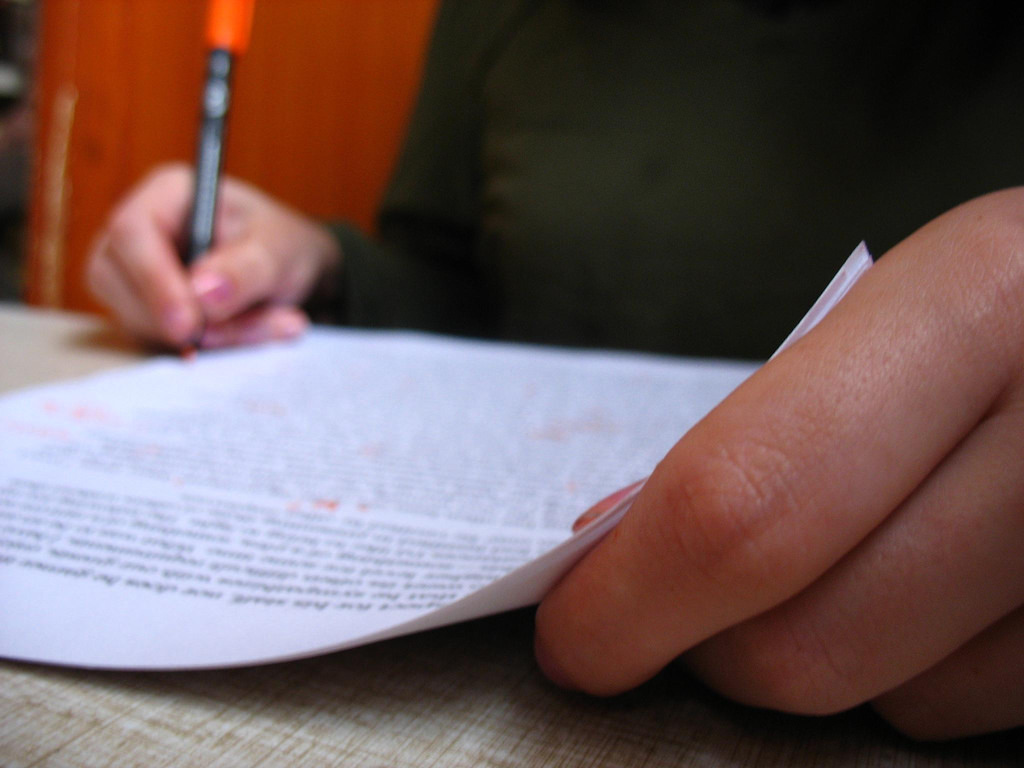Every year, one of every 59 children are diagnosed with autism by the age of eight. As the percentage continues to increase, more forms of therapy need to be explored and made available to parents, caregivers, and medical professionals.
One of the most effective types of therapy for autism is known as ABA therapy. We put together this post to teach you more about it so you can determine if it’s right for you and your child.
Keep reading to learn more about ABA therapy and how it works.
What is ABA Therapy?
ABA stands for applied behavioral analysis. It’s a type of therapy that uses positive reinforcement to help those with autism improve their learning, communication, and social skills.
This type of therapy can also be used for those suffering from:
- Eating disorders
- Dementia
- Various anxiety disorders
- Cognitive impairment following a brain injury
- Obsessive-compulsive disorder (OCD)
However, because of how often it’s used with kids who have been diagnosed with autism, it’s most commonly associated with that condition.
How ABA Therapy Works
ABA therapy works by providing rewards when a child engages in desirable behaviors. This also helps to reduce undesirable behaviors at the same time. Every therapist should follow these same steps for ABA therapy to work.
1. Assessment
A therapist needs to know exactly what to do for a child which means first knowing where the child stands and what problems the parents or caregivers are facing.
To complete the evaluation, the therapist will often observe the child in their home, at their school, and other places where they may visit frequently. This gives the therapist a more complete picture of the child’s behavioral problems.
2. Plan Development
Once the therapist has the information they need, they can formulate a plan of action for that child. That will start by deciding which type of ABA therapy will be best in that situation.
We’ll go into detail about the types of ABA therapy in the next section.
3. Training for Caregivers
If the therapist is the only one working with the autistic child to reinforce positive behaviors, the child may only act appropriately when with the therapist. For that reason, educating caregivers is arguably the most important part of the process.
Teachers, parents, and other caregivers will learn to apply ABA methods when working with the child to vastly improve results.
4. Ongoing Evaluations
For various reasons, a therapist’s initial approach may not be the right one for your child. Your child’s needs may also change over the course of therapy. This is why therapists will perform ongoing assessments to ensure your child has the best chance at overcoming the obstacles in front of them.
Types of ABA Therapy
As we mentioned earlier, there are different types of ABA therapy that are used in different situations. Let’s take a closer look at each of these.
Early Intensive Behavioral Intervention
With early intensive behavioral intervention (EIBI), therapists create an individualized and intense curriculum that’s designed to help the child learn several types of essential life skills.
These skills include:
- Social interactions
- Communication
- Functional skills such as toilet and sleep training
- Adaptive skills such as dressing and grooming oneself
As its name implies, this type of therapy is for young children. It’s most often recommended for kids under the age of five.
Early Start Denver Model
Another type of therapy that is most often used with younger children is the early start Denver model (ESDM). It uses games and other play-based activities to teach a specific skill or work on a certain behavior.
Most often, these activities are aimed at accomplishing more than one goal in each session.
Verbal Behavior Interventions
As soon as a child is old enough to be speaking, they can start getting this type of therapy. Verbal behavior interventions are designed to help kids become more verbal and to increase their existing communication skills.
If a child is still struggling to learn some of the basic adaptive and functional skills, this type of therapy is usually put off until those are mastered.
Pivotal Response Training
A great way to give a child more responsibility in their own learning experience is by using pivotal response training. The therapist offers several options based on the needs of the individual child and then allows them to take the lead to complete a learning activity.
This type of therapy is more often used on older children and those who are higher-functioning.
Discrete Trial Training
A similar therapy type to pivotal response training is discrete trial training. This type of therapy is far more structured and the therapist is often more involved throughout the process.
Children taking part in this form of therapy will complete specific tasks to gain pre-set rewards. It allows them to learn in a more restrictive environment that many autistic kids need.
Where to Get ABA Therapy
There are two basic options when looking at getting ABA therapy for an autistic child. Let’s take a closer look at each of these.
Clinic Care
Clinic care is when you take your child to a clinic where they receive their therapy sessions. With children who do well outside of the home, this location is often preferred because it’s easier for the therapist to have everything they need on hand.
A child may even do better outside of their familiar environment, but that’s not always the case.
In-home Care
Children who have a hard time leaving their homes may need in-home therapy. In this case, the therapist brings the necessary equipment and activities to your home for therapy sessions.
To find a location near you that offers both of these types of therapy, visit this link.
Learn How to Live Your Best Life
Now you know what ABA therapy is and can see how it can help kids who have been diagnosed with autism improve their social skills and prepare them to live more normal lives.
Whether or not you’re dealing with an autism diagnosis, keep reading our blog. In it, you’ll find a ton of tips and tricks that will help you live your best life starting today.









